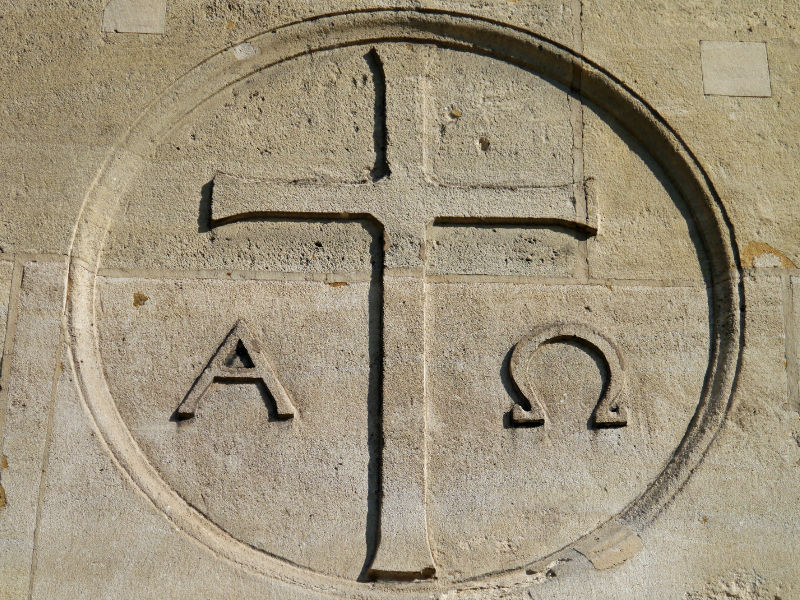Fermat's treatment of generalized parabolic quadrature
Around 1640 Fermat documented this method in a awkwardly titled paper: De aequationum localium transmutatione et emendatione ad multimodam curvilineorum inter se vel cum rectilineis comparationem (On the transformation and alteration of local equations for the purpose of variously comparing curvilinear figures among themselves or to rectilinear figures, to which is attached the use of geometric proportions in squaring an infinite number of parabolas and hyperbolas). The ideas presented in the paper was dated probably 20 years ago but it was only written in 1658, two years after the publication of John Wallis's Arithmetica Infinitorum (1656). But it was not published or circulated until 1679. , 30 years before Newton and Leibniz officially “invented" calculus, Fermat managed to convinced himself that $$\int_0^k x^n\,dx= \frac{k^{n+1}}{n+1} = L(n+1)$$ Fermat's trick was to slice the area under the curve of \(y = x^n\) into infinitely many irregular intervals so that the ...


